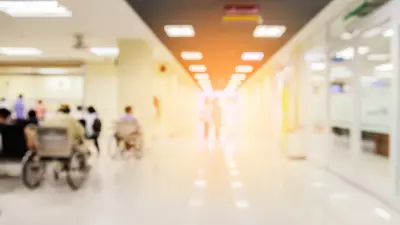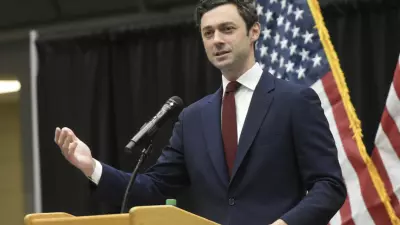My thoughts on COVID? As an emergency physician, I could spin you stories that would curl your hair.

Allegheny County COVID volumes are decreasing, things are getting better for the moment; but we’re certainly not out of the woods.
It is not uncommon for a visit to the emergency department to end with, “Do you need a note for work?” Sometimes the answer is, “Yes,” and sometimes the answer is, “Nah, my boss is cool” or “I work for myself” or just “No, thanks.”
Sometimes, however, the answer is “I don’t work,” in a snide tone that suggests we are idiots for asking. We take it in stride and shrug to each other when back at the desk.
Now we get the same thing when we ask about COVID vaccinations. A patient presents to us, gasping for air, with dangerously low oxygen saturations. We ask if they have been vaccinated for COVID and the family member at bedside glares at us in contempt: “We don’t believe in the vaccination.”
Never mind that their loved one is critically ill and probably wouldn’t be if they were vaccinated. They ask us to give monoclonal antibodies that were created using the same science that generated the vaccines.
My colleagues and I wonder when science became à la carte.
Sometimes we hear, “I don’t believe in COVID.” It is hard to hold back, “Well, COVID sure believes in you…”
Patients requiring ICU-level critical care are boarding in emergency departments because all the intensive care units in the region are full. Usually emergency departments can transfer critical patients elsewhere when their ICUs are full, but everyone is full everywhere and there is no place to go.
Hospitals located more than five hours away are calling to ask us to accept their patients in transfer because they have no capacity to provide for their care. Seriously, places that are closer to Roanoke, Va., or Lexington, Ky., than they are to Pittsburgh.
Emergency department wait times are at all-time highs. What folks don’t realize is that the ED team doesn’t like the idea of triage and waiting rooms at all. They think we’re hiding behind those doors because we’re hanging out, but they’re wrong.
In our ideal world, you walk into the ED, we show you to a room, and you see a doc, nurse practitioner or physician’s assistant within a span of a few minutes. Waiting rooms exist because we don’t have as much buffering for volume surges as we would like. They become full when something breaks.
The vaccine isn’t magic: It is armor, not a force field. If vaccinated, you can absolutely still get COVID, just like you can still get shot if you’re wearing a bulletproof vest. It is pretty good armor though. If vaccinated, you’re much less likely to be hospitalized and less likely to die than if not.
Many hospitals in the region currently have blocked beds. This means there is a room with an empty bed but there aren’t enough nurses to staff it, so the bed remains empty.
The patient who needs the bed boards in the ED. A couple of boarders isn’t a big deal, but imagine this: An ED has 50 beds and sees about 180 patients per day. This is doable and is in line with industry standards. A couple of boarders are absorbed pretty easily.
Now imagine that 45 of those ED beds are occupied by boarders. This is not an exaggeration; it is happening.
Now there are only five beds to see those 180 souls. Impossible. And the waiting room? It ends up with as many souls waiting to be seen as there are boarders.
When ED volumes surge, my colleagues and I see patients in the triage suite. It gets our eyes and hands on our patients and gets diagnostics and care started.
Sometimes we can even discharge people from triage. Ear infection? Here’s your prescription; I sincerely hope you feel better soon. Those things hurt. Stitches out? Sure!
Other times I have to beg my charge nurse to take another patient on top of the eight he has already, because they’re just too sick to go back to the waiting room. Never mind that the charge is not supposed to have any patients at all because he’s also running the entire department.
When the emergency medicine team sees a quarter of the hospital occupied by unvaccinated COVID patients, it crushes our souls. We don’t have a political agenda; we’re just bummed that you’re sick and we have a thing that might have prevented most of it.
Our colleagues in the ICU and on the floors are also sick at heart. The patients in their beds could be home with what amounts to horrible flu, but instead they’re dying slow, painful deaths on ventilators or spending days or weeks in the hospital on high-flow oxygen before going home to weeks or months more by nasal cannula.
They could have celebrated their winter holidays at home instead of starring in their own funerals. Maybe in quarantine, but quarantine ends. Death remains final.
My point? We probably wouldn’t be talking about this at all if these people were vaccinated.
We would be in the midst of something — perhaps somewhat worse than flu season — but nothing like what we’re seeing now.
The vaccine isn’t magic: It is armor, not a force field. If vaccinated, you can absolutely still get COVID, just like you can still get shot if you’re wearing a bulletproof vest. It is pretty good armor though. If vaccinated, you’re much less likely to be hospitalized and less likely to die than if not.







